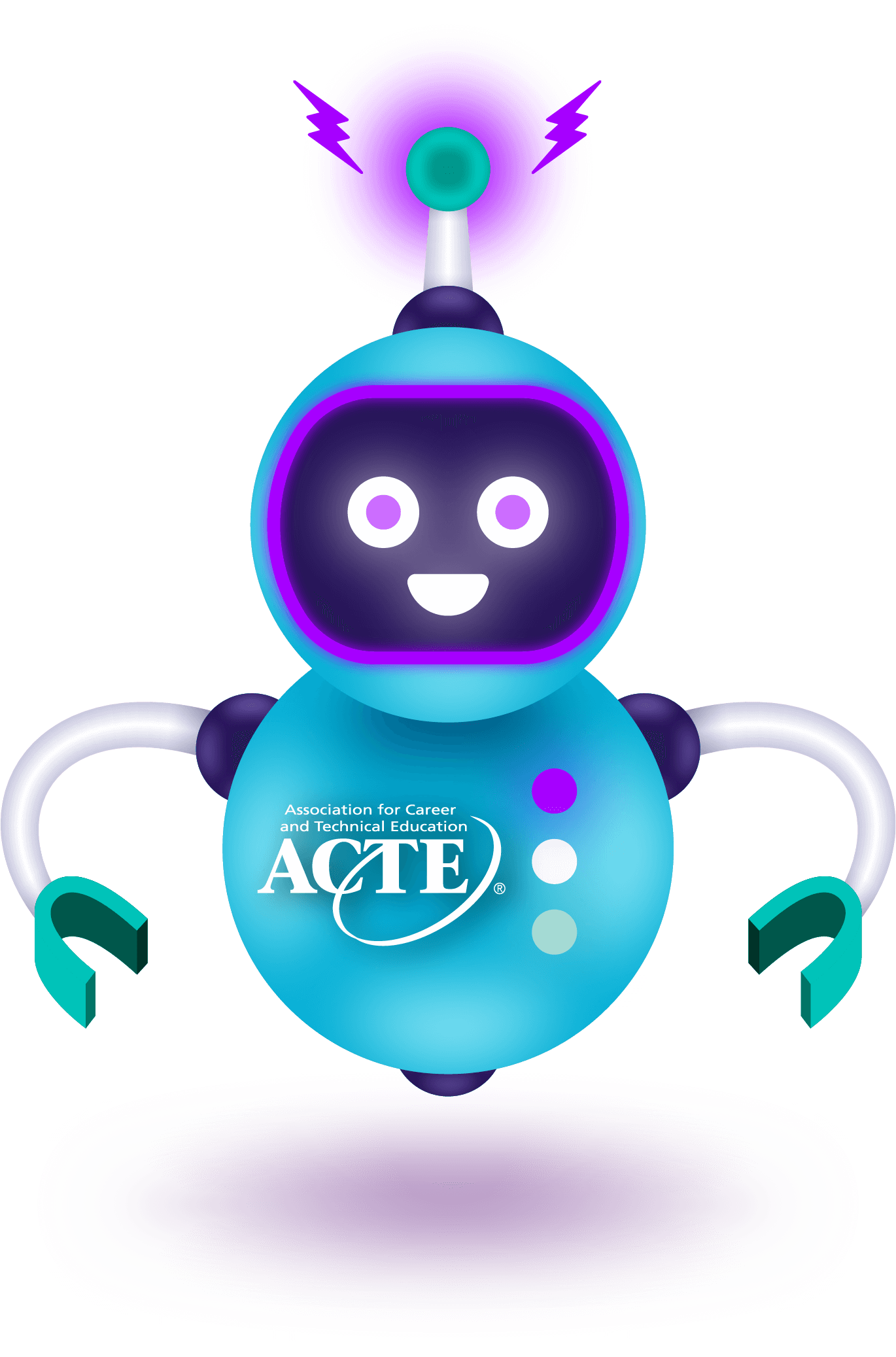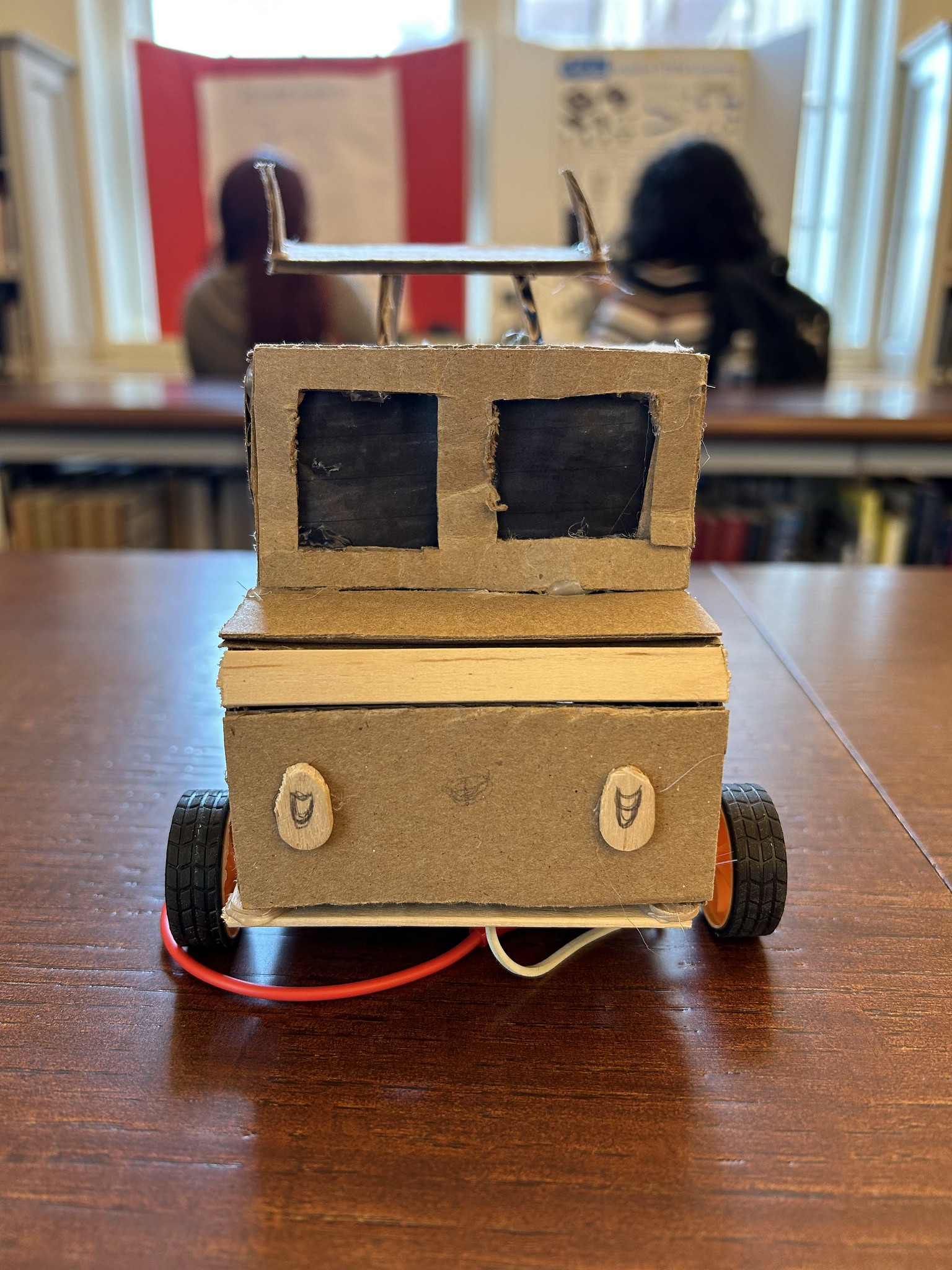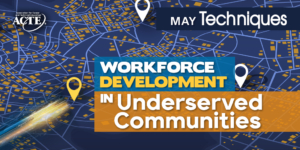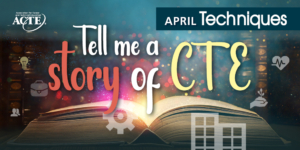Students need literacy instruction that reflects the way language is used in the real world: embedded, purposeful and powerful. To transform how we teach literacy in CTE, we need to change how teachers view literacy. In fact, we must rethink what it means to be literate.
In career and technical education, literacy is not limited to reading texts or writing essays. It’s about developing industry-based language and thinking. This shift demands a new instructional approach — one that recognizes literacy as the active processing, communicating, and applying of knowledge in real-world, work-based contexts.
What is TWRLS?
- Thinking
- Writing
- Reading
- Listening
- Speaking
The TWRLS model gives teachers a practical lens through which to integrate literacy in CTE. Rather than treating literacy as a standalone subject, TWRLS reminds us that technical communication happens all day long, such as when explaining a weld, analyzing a system fault, or describing a design to a client. Each component can be intentionally embedded in instructional planning, with tasks designed to foster students’ functional use of language.
Reframe the starting point.
We often tell students, “You can do hard things.” And while the intention is right, the impact often falls flat. Words alone can’t unlock a student’s belief in themselves; they need evidence. They need to see themselves doing the hard thing while they’re doing it.
This is the moment of transformation: when a student, convinced they cannot read well, speak clearly, or write convincingly, picks up a tool or a diagnostic scanner and begins to engage deeply in their CTE pathway.
Reflect
What are my students saying, writing, reading, listening to and thinking about? Can I strengthen one mode of literacy to deepen the work?
This is our CTE power source. Before students see themselves as writers or readers, many will first see themselves as carpenters, electricians, coders, auto techs or certified nursing assistants. And when we use their roles to shape how they read, how they write and how they speak, we elevate not only their literacy but their belief in what literacy is and why it matters. We let them see themselves actually doing the hard things — so they can shift the patterns of their thoughts.
Become a better thinker.
Access to powerful ideas is not limited to print books or classroom lectures. Students can listen to TED Talks, follow thought leaders on LinkedIn, read industry blogs; they can hear from experts on every corner of the internet.
Literacy is dynamic. But all of it — when grounded in real-world, industry-based learning — strengthens our ability to think deeply and communicate clearly.
When we embed reading, writing, listening and speaking in authentic industry contexts, we give students a reason to care as well as the tools to grow. We shouldn’t wait until college to invite students into meaningful conversations. We can do it now — within classroom cultures that value student voice and choice.
- Cultivate the habit of integrating thinking into all literacy-based activities and formative checks for understanding.
- Design activities and projects that showcase students’ thought processes.
- Encourage students to document their steps, explain their reasoning and participate in collaborative discussions that highlight their approach.
By cultivating a TWRLS approach to every task, educators equip students with the habits and skills necessary to thrive in the workplace and beyond.
Reflect
How can you make changes to incorporate more productive talk and critical thinking exercises? Are there areas for greater feedback exchange? Or wherein students can write to learn?
Sample strategies
These strategies support deeper thinking, technical growth and student confidence.
Carpentry
- Pre-Build Plans Walk-Through: Before students begin a framing or cutting task, they present a short verbal or written breakdown of their approach: what tools they’ll use, why they chose their measurements and how they plan to avoid common mistakes. Provide feedback immediately before they begin, helping correct misconceptions without grading.
- Step-by-Step Build Journals: Students maintain a construction log for every project. In each entry, they diagram their progress, note materials used, sketch joints or cuts, and explain adjustments. Review these journals weekly to provide feedback on clarity and problem solving.
TV Production
- Script-to-Shot Rough Plans: Students complete a shot plan prior to filming, mapping scenes to camera angles, lighting choices, and transitions. They submit this plan for instructor feedback, and the instructor responds before cameras roll. This strategy reinforces intentional planning and production literacy.
- Live-Role Job Rotations: In small production teams, assign rotating roles like script supervisor, gaffer or continuity manager. Each student must document their observations and decisions during the shoot. Every role matters, and each student speaks during post-production debriefs.
Cosmetology
- Before and After Decision Logs: For each client simulation, students complete a short log explaining the client’s hair, skin, and/or nail condition; their chosen treatment; and why. After completing the service, they reflect on the client’s perspective and what could be done differently next time to improve the service.
- Mirror-Back Question Rounds: During demos, pause to ask students targeted process questions (e.g., “Why am I sectioning here?” or “What temperature setting is ideal for this hair type?”). Use small whiteboards or hand signals (e.g., A/B choices) to get all students to answer simultaneously before continuing.
This article is excerpted from the author’s forthcoming book, Fluent Work: Bringing CTE Literacy to Life for the Age of Acceleration.
Sandra Adams, Ph.D., is vice president of ACTE’s Administration Division.


















